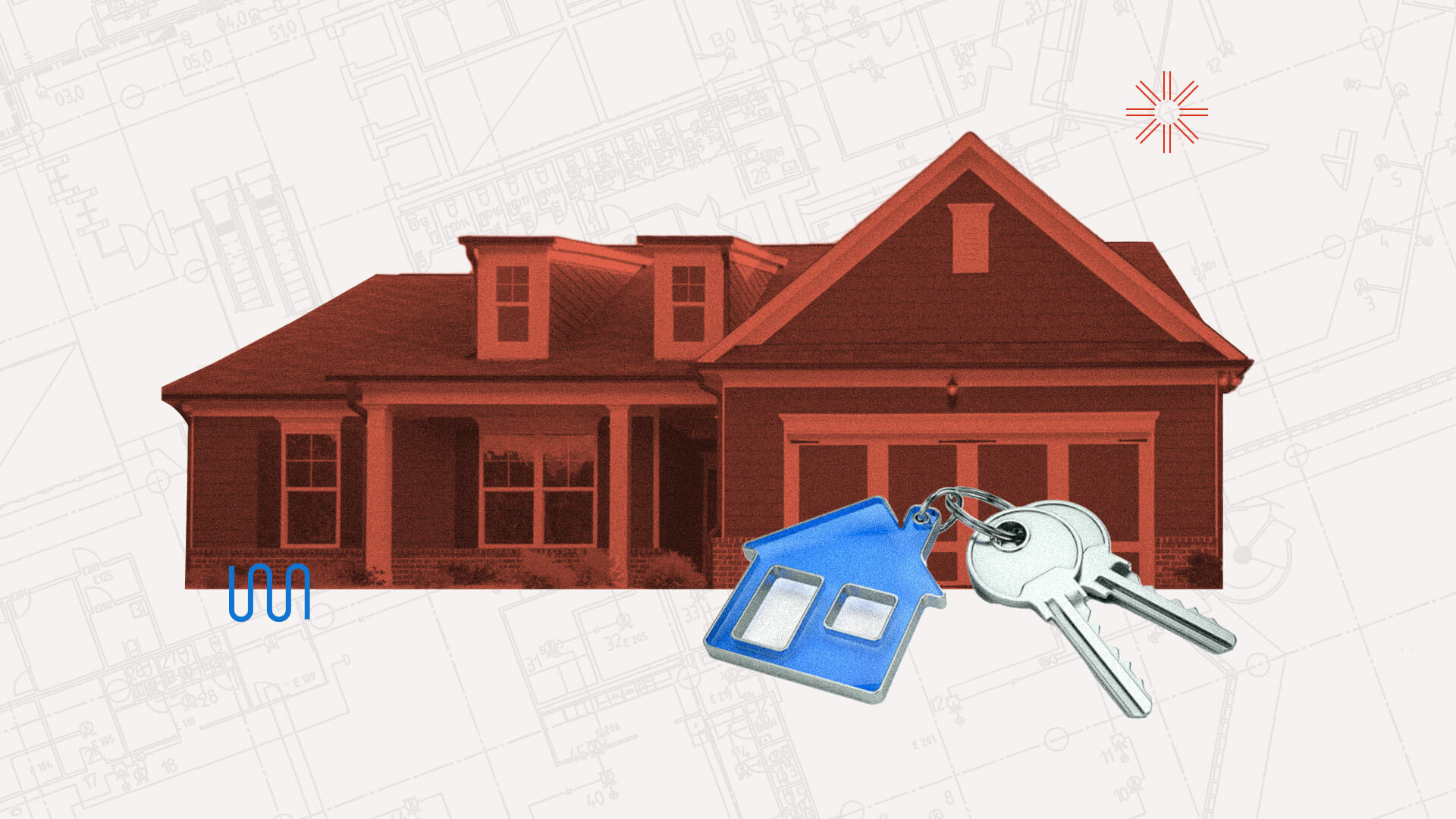
Mortgages are booming in today’s hot housing market. In 2021, the U.S. housing market reached a record $4.4 trillion in mortgage originations. That’s an incredible feat, and 2022 is looking to be a major year for mortgage transactions as well.
For the mortgage industry, an increase in demand isn’t the only factor at play. Digital transformation now has a major influence on the mortgage process, and lenders are taking notice.
The acceleration of digital transformation in the mortgage industry
Starting in March 2020, consumers dramatically shifted the way they interact with businesses and each other. With the pandemic came a huge acceleration in the use of digital channels. In fact, the pandemic sped up the adoption of digital technologies by several years.
Consumers were forced into operating digitally: Online shopping, digital banking, remote working, communicating online. This massive move to digital made its way to the mortgage industry, kicking off a digital transformation that isn’t slowing down any time soon.
This sudden and necessary move online showed lenders and their customers the benefits of digital transformation. It can make traditionally manual and in-person processes:
- Faster: Lenders can process digital files quicker, buyers can sign and notarize documents in a matter of minutes, and closings can be finalized sooner.
- Cheaper: Digitizing the mortgage lending process eliminates the need to print massive amounts of paper and drive to closings or to notaries. It can also reduce labor costs and errors.
- Safer: Digital documents can be stored in encrypted files and be password protected.
- Easier: Automation, online templates, data analysis — these technologies can help lenders with time-consuming tasks.
There are several areas of investment for the mortgage industry to consider in their digital transformation journey. The first is the mortgage closing process. eClosings enable all parties — buyer, seller, lender, title agent, real estate agent and notary — to transact digitally. This can dramatically improve ROI for lenders and create a better customer experience for consumers.
Other areas of investment include a variety of back-end processes such as mortgage processing and servicing. Not every mortgage lender allows online monthly payments, for example. Many mortgage lenders are also looking at how to improve their digital connection to brokers in order to create a more seamless process.
Consumers are ready for digital mortgages
In addition to the benefits that digital processes provide, there are a variety of factors that contribute to the increase in demand for an online mortgage process. The first is that millennials now account for the largest share of new home buyers. These consumers grew up with smartphones and laptops, and often prefer a digital experience — from home searches to mortgage closings. While every generation has accelerated their use of digital channels, lenders must also remember that younger generations are more digitally savvy than previous generations of buyers.
Consumers want the convenience and flexibility that come with digital processes, and that includes digital loan options. They’ve become accustomed to online transactions and now have expectations that any company that they interact with supports a fully-digital customer journey. Daily interactions with brands like Amazon, Google and Instacart have raised the bar of expectations for consumers everywhere. They want their mortgage experience to be quick and easy.
What’s more, the vast majority of homebuyers begin their home search process online. If they can open a mobile app and find the home of their dreams, why can’t they also complete the homebuying process online?
What are the challenges facing the mortgage industry?
Creating a seamless digital transaction experience is easier said than done. And tapping into the many benefits of digital transformation requires time, investment and major changes. For many mortgage companies and lenders, the challenges they face can slow down their digital transformation plans considerably.
Lack of a clear strategy: Many digital transformations fail because they lack a cohesive vision that drives change. Perhaps a mortgage company wants to implement better backend technology in order to process and service loans more efficiently, or perhaps they want to improve the online transaction process for consumers. Whatever the goal, there should be a clear plan in place.
Misalignment at the top: The mortgage industry is connected to the larger banking industry, and there are many different digital transformation efforts in play. A major bank might have prioritized investment in wealth management technology or consumer banking over mortgage servicing. Without a mandate or the backing from leadership to digitize, it can be difficult to drive change.
Resistance across partners: Mortgage lenders rely on title agents, real estate agents and other partners to originate, close and sell mortgages. If these partners are not ready to transact online, it can slow down the lender’s ability to do so.
Lack of awareness and training: In some cases, lenders have the tools and technology in place, but haven’t trained staff and changed processes to enforce adoption. Adoption is a common issue that creates wasted investments and missed opportunities.
How to overcome challenges with digital transformation
Every industry faces roadblocks on their digital transformation journey, and the mortgage industry is no different. It’s important for mortgage companies, lenders and their teams to lean into digital processes and push for change to overcome these challenges.
Lenders should prioritize the types of technology they want to implement. By implementing one digital process at a time, it can lessen the pushback for changing the way people do their work. If people feel like too much change is happening too quickly, it’s likely that digital transformation will fail. Lenders should consider low-hanging fruit, like a platform that enables electronic signatures and online notarizations. This is an easy way to show the benefits of doing things digitally, which will prime your team (and your clients) for more sophisticated technology down the road.
Another way to overcome challenges is to measure and share the successes. A report from Notarize and MarketWise shows that the ROI of a full online mortgage closing is $444, but even a hybrid eClosing can deliver major ROI. Lenders can share time saved, error reduction and faster mortgage cycles with their colleagues and external partners to get more buy-in and digital adoption.
What does a digital mortgage include?
Digital mortgages present a particularly valuable opportunity that lenders should consider. Not only can they help lenders generate more revenue, they also deliver value to consumers and pave the way for future success.
So what exactly is a digital or online mortgage? Digital mortgages leverage technology to complete the process online, from pre-approval to eClosing.
A digital mortgage includes:
- Digital documents: Documents exist either as scanned documents of a paper original or as living electronic documents that can be altered online.
- Online portal: Customers can upload important documents like their ID and personal information. Lenders, buyers and agents can access and share documents and information in a secure, digital location.
- Electronic signing (eSigning): Documents can be signed using eSignatures instead of paper and ink signing.
- Online notarization: Documents are legally signed and notarized online.
- eNote and eVault: A promissory note can be created and stored electronically in a manner compliant with state requirements.
How Notarize can support the digital mortgage opportunity
Online notarization is a particularly important key to the digital mortgage process. Often, notarization can be a difficult part of the mortgage closing process to schedule around, as it depends on notary availability. Rather than having to rely on an in-person notary, lenders can easily notarize documents from any location with an online notarization platform like Notarize.
Each element adds up to create a fully-digital mortgage process where the entire transaction can happen online. Digital transformation is changing the mortgage industry, allowing all parties to close on mortgages virtually— ultimately improving the customer experience and helping lenders generate more revenue.


